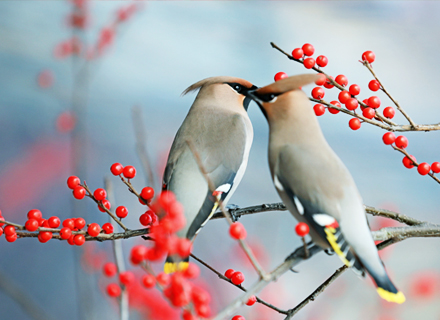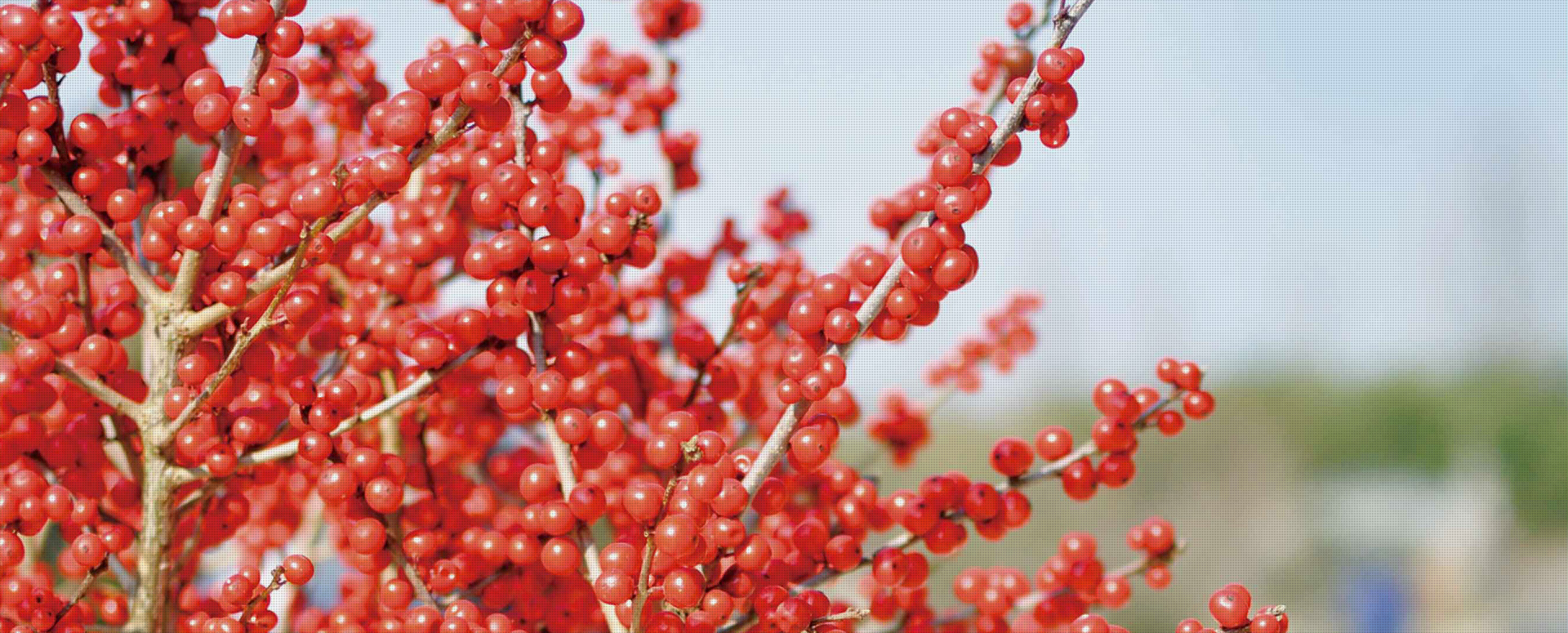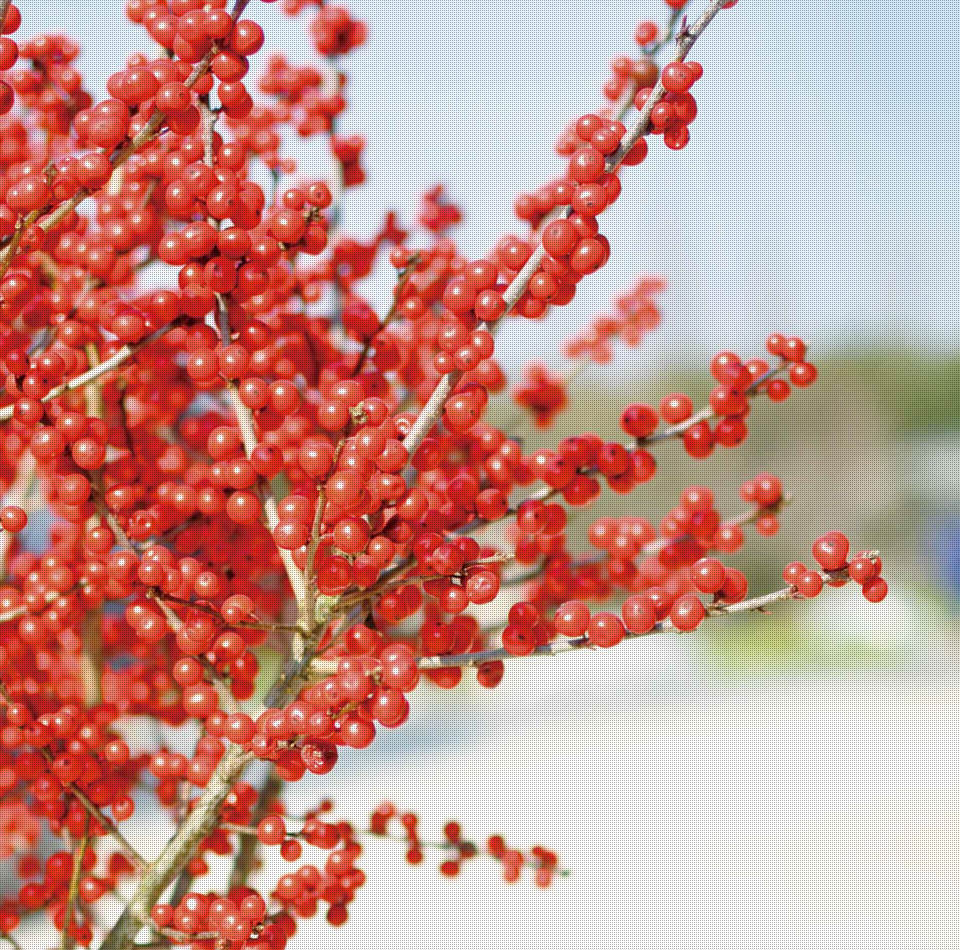When the North American holly plant is maintained, it is naturally very different from other types of plants. After all, the growth situation of this plant is somewhat different. North American holly is different from most evergreen trees in the Ilex family, which is characterized by deciduous leaves in winter. After the normal leaf fall, the whole tree body not only does not appear bald, but instead is covered with bright red berries, even if you look at it, you will be attracted to it, and it looks very beautiful. These bright red berries present a denser and brighter scene overall. For North American holly cutting branches, there is still a very high demand for it in the entire flower market. For the plants that everyone buys home, do you know how to maintain them to extend the shelf life?

After planting North American holly plants for so many years, many fruit growers have already summed up some relevant knowledge, which may help everyone to better understand how North American holly grows. Regarding the purchased plant, the first is its fruit-bearing period. After all, we also hope to get a longer fruit-bearing period. If you don’t manage well, the fruit-bearing period is generally only one month. The second is the length of light, because in winter, the temperature is relatively low. If you want to make plants grow better, you naturally need to ensure sufficient light duration. You can move the plants you buy outside to supplement. Some sunshine can also extend the fruit-bearing period appropriately.
For potted North American holly, if it can be guaranteed to be above 5 degrees in winter when the temperature is relatively low, then it can have a sufficiently balanced growth condition. Because the growing soil of North American holly needs to be relatively loose, it is said that fertile sandy loam, loess, humus, and peat soil can allow plants to grow normally. If the planting soil you choose is reasonable enough, you don't need to fertilize in winter. You only need to wait until the new leaves have grown and you can appropriately increase the fertilizer with a slightly higher nitrogen content. Another point worthy of everyone’s attention is that if you want to place it indoors in winter, don’t put it directly on the floor heating. Try to set up a rack and cushion to a certain height to separate the heat from the floor heating, so that the plants can be protected. Growth is normal.

 Home
Home About
About Products
Products Value
Value News
News Strength
Strength Contact
Contact Kiner
Kiner 中文版
中文版


